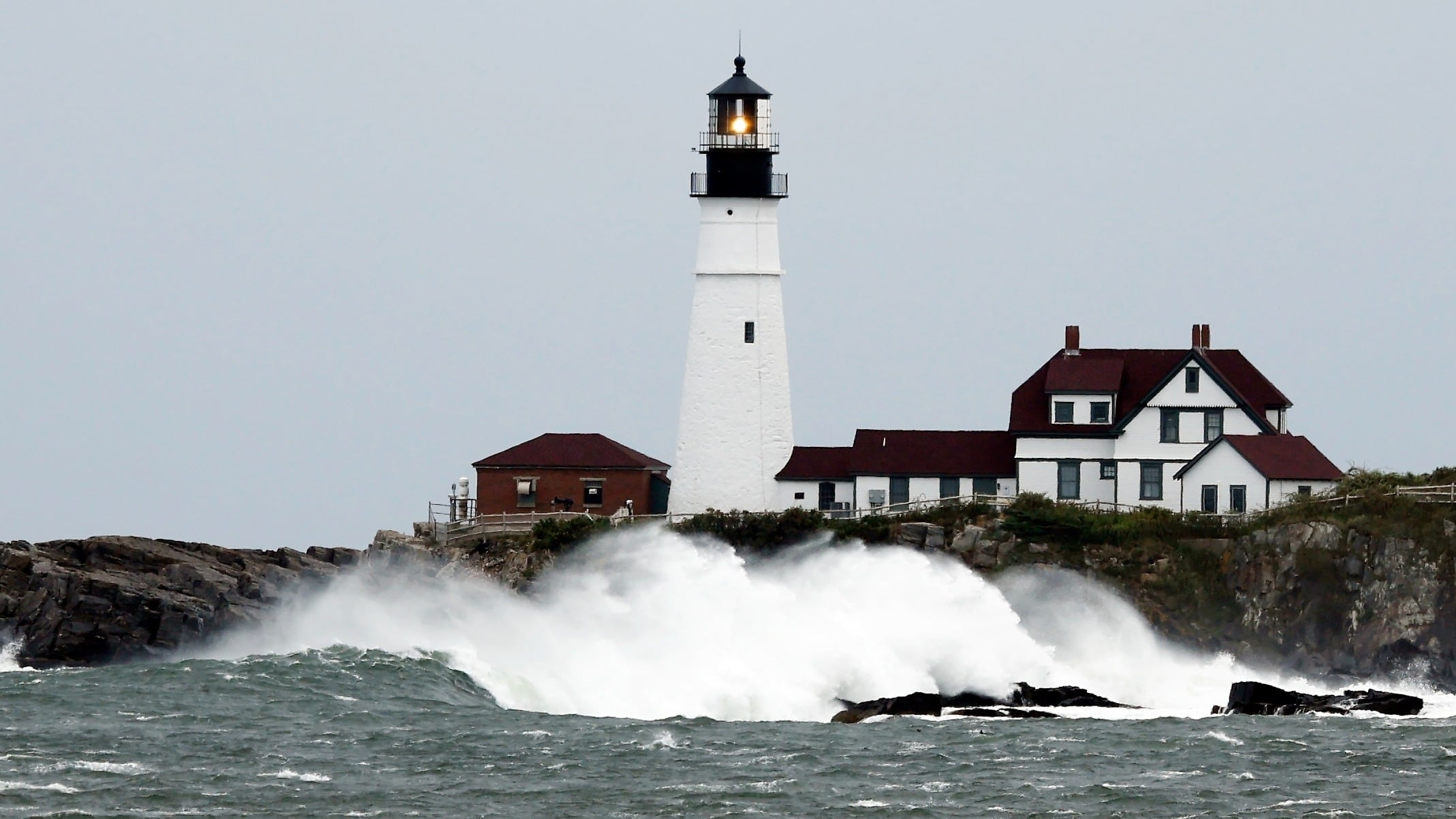A huge iceberg, the size of the UK county of Bedfordshire, has broken off the Brunt Ice Shelf.
The phenomenon is known as calving and comes almost a decade after scientists at the British Antarctic Survey (BAS) first detected the growth of vast cracks in the ice.
The first indication that a calving event was imminent came in November 2020 when a new chasm – named North Rift – headed towards another large chasm near the Stancomb-Wills Glacier Tongue 35 km (21.7 miles) away.
It's the third major crack in the ice shelf that's become active in the last ten years.
During January, the rift pushed northeast at up to 1 km(0.62 miles) per day, cutting through the 150 meters (492 feet) thick floating ice shelf.
The iceberg was formed when the crack widened several hundred meters in a few hours on the morning of 26th February, finally breaking free from the rest of the floating ice shelf.
The calving is not expected to pose a threat to BAS's Halley Research Station which is located on the Brunt ice shelf.
Health benefits of taking an ice bath.
How to prepare Brussels sprouts.
Cheddar News checks in with a coast-to-coast forecast of the weather for Monday, Sept. 18, 2023.
The United Nations revised its death toll numbers from the massive flooding in Libya.
Hurricane Nigel has formed in the Atlantic and is expected to intensify in the next 24 hours. Meanwhile, Lee brought rough surf along the U.S.-Canada border but the storm is expected to dissipate by Tuesday.
The United Nations is releasing an updated death toll in the Libya flooding disaster.
Hurricane Nigel has formed in the Atlantic and is expected to intensify in the next 24 hours. Meanwhile, Lee brought rough surf along the U.S.-Canada border but the storm is expected to dissipate by Tuesday.
Cheddar News checks in with a coast-to-coast forecast of the weather for Monday, Sept. 18, 2023.
Yelling that the future and their lives depend on ending fossil fuels, tens of thousands of protesters on Sunday kicked off a week where leaders will try once again to curb climate change primarily caused by coal, oil and natural gas.
Atlantic storm Lee — which made landfall at near-hurricane strength, bringing destructive winds and torrential rains to New England and Maritime Canada — kept weakening Sunday after officials withdrew warnings and predicted the storm would disappear early this week.











